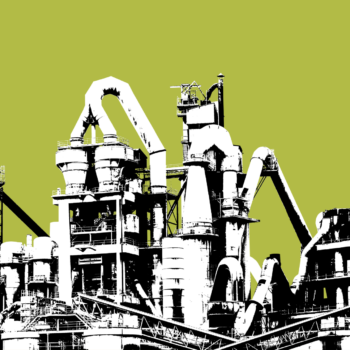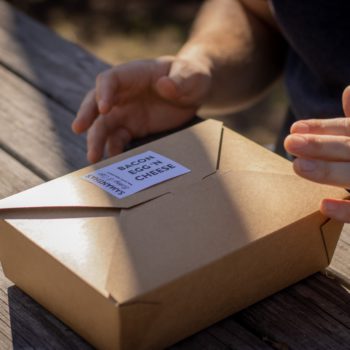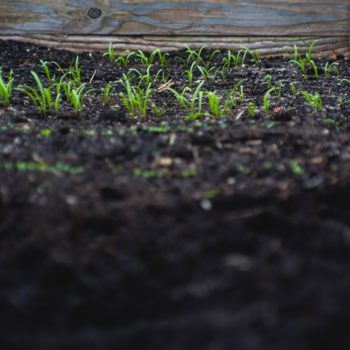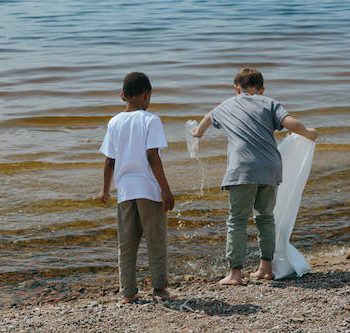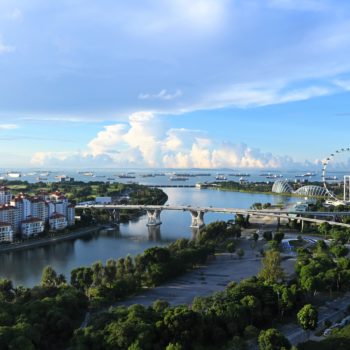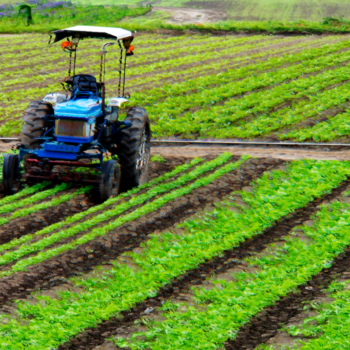|
|
Natural resources, the lifeblood of our planet, provide us with essential raw materials and energy sources necessary for survival. However, the overexploitation and depletion of these resources are causing irreparable harm to the environment and threatening the well-being of future generations.
The need for conservation has never been more critical, and the responsibility falls on each of us to contribute to this collective effort. This article will explore simple yet impactful ways to conserve natural resources, reduce our carbon footprint, and protect the environment for future generations.
How can we conserve natural resources?
Conserving natural resources is paramount to sustaining life on Earth and ensuring a better future for future generations. It is vital for maintaining the delicate balance of ecosystems, supporting biodiversity, and mitigating climate change. Responsible resource management becomes even more critical as populations grow and the demand for resources increases.
According to the World Wildlife Fund (WWF), the conservation of natural resources is critical to maintaining the planet’s health, as it helps protect vital ecosystems and ensures the availability of clean water, clean air, and other essentials for both humans and wildlife. Moreover, resource conservation supports global efforts to achieve sustainability and minimize environmental degradation, as highlighted by the United Nations Sustainable Development Goals (SDGs).
Check out simple yet impactful ways on how you can conserve our natural resources.
Conserve water
Annual freshwater withdrawals represent the amount of water taken from sources like rivers and lakes each year. This water is used for various purposes like farming, industry, and homes. We must track these withdrawals to understand how much water we’re using. For example 2014, India used the most water, followed by China and the United States. Conserving water is crucial to ensure enough for everyone and protect our environment.
Water is a vital natural resource, and responsible usage is paramount. According to the U.S. Environmental Protection Agency (EPA), fixing household leaks can save about 10% on water bills. Shortening shower times can significantly reduce water wastage; a 10-minute shower with a non-low-flow showerhead uses about 50 gallons of water, while a low-flow showerhead uses just 25 gallons.
Water-efficient appliances like Energy Star-rated washing machines and dishwashers can save water and energy. Furthermore, harvesting rainwater for gardening or lawn care can further reduce our demand for potable water sources, preserving this precious resource for future generations.
The best ways of conserving water are the following:
- Install water-saving fixtures like low-flow toilets and faucets.
- Water your garden during the more excellent parts of the day to minimize evaporation.
- Consider xeriscaping with drought-resistant plants in your landscaping.
- Use a broom, not a hose, to clean driveways and sidewalks.
- Insulate your water pipes to reduce heat loss and wait for hot water to arrive.
- Harvest and reuse greywater from dishwashing and bathing for non-potable uses.
- Install water-saving aerators on your faucets.
- Educate yourself and others about water conservation practices.
- Be mindful of your water usage and avoid wasteful practices.
- Plant trees to provide shade and reduce outdoor water needs.
- Consider fixing or replacing faulty irrigation systems.
- Reuse cooled cooking water for plants.
- Reduce or eliminate the use of running water for defrosting food.
- Invest in rain barrels to collect rainwater for various outdoor uses.
- Use a pool cover to minimize water loss through evaporation.
- Upgrade to a more water-efficient irrigation system if you have a lawn or garden.
Implementing these simple changes can significantly reduce your water consumption and help protect this vital natural resource.
Conserve energy
The world’s energy system has changed a lot since the olden days. This chart (shown above) tracks how much energy we’ve used globally since 1800. It’s based on data collected by smart people like Vaclav Smil and BP’s Statistical Review of World Energy.
To understand it better, think about the ‘substitution method.’ It’s a way to show how much energy we need without counting the energy lost when we burn things like fossil fuels and wood. It helps us compare different energy sources more accurately.
Understanding how our energy use has changed over time is essential to make better choices about energy in the future. It helps us use energy more efficiently and reduce waste.
Conserving energy helps us reduce our reliance on fossil fuels, which are non-renewable resources that contribute to greenhouse gas emissions. Here are some conservation tips which are easy to practice:
- Use energy-efficient appliances and light bulbs.
- Properly insulate your home to retain heat or cool air.
- Turn off lights and electronics when not in use.
- Seal any drafts or leaks in doors and windows.
- Set your thermostat to an energy-saving temperature.
- Use natural lighting during the day.
- Unplug chargers and devices when they’re not in use.
- Opt for energy-saving settings on computers and other gadgets.
- Cook with lids on pots and pans to retain heat.
- Wash clothes in cold water whenever possible.
- Consider energy-efficient heating and cooling systems.
- Use a programmable thermostat to manage heating and cooling times.
- Choose public transportation, carpooling, or biking instead of driving solo.
- Switch to renewable energy sources like solar or wind power when feasible.
- Plant trees and install shades to reduce cooling costs in warm weather.
- Upgrade your home’s insulation for better energy conservation.
- Limit water heater temperatures to save energy.
- Use smart home technology to manage energy consumption efficiently.
Recycle
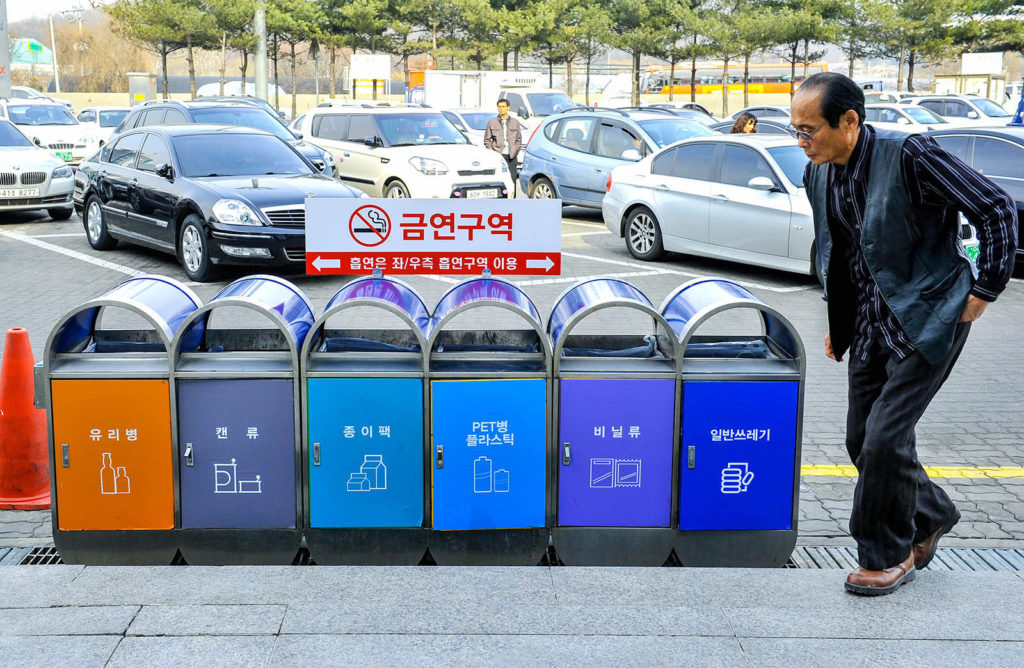
Image Credit: repurpose.global
Recycling is another effective way to conserve natural resources. Recycling materials like glass, paper, and plastic reduces the need for raw materials, minimizes pollution, and saves energy. Separating recyclable items from our regular waste and participating in community recycling programs is essential.
Recycling practices vary globally, but several countries excel in recycling initiatives. With its “Green Dot” program, Germany has achieved a recycling rate of over 68%, setting a high standard. In Japan, a comprehensive waste separation system encourages recycling and waste reduction.
Thanks to efficient collection and strict waste regulations, Taiwan boasts one of the world’s highest recycling rates. South Korea implements a “Pay As You Throw” system, charging residents based on their waste volume. The United States has made strides in recycling, with programs like single-stream recycling in some areas.
Source separation and efficient collection systems have also led to successful recycling efforts in Sweden and Switzerland, demonstrating the global impact of recycling practices.
Why is it important to conserve natural resources?

Preserve biodiversity
The Living Planet Project, led by ZSL and WWF, regularly publishes the Living Planet Index, which tracks animal population changes worldwide. The data comes from scientific articles, databases, and government reports on vertebrates like mammals, birds, and fish. It encompasses data from 30,000 animal populations across the globe, but this is just a fraction of Earth’s biodiversity.
Certain regions have more data than others, particularly in tropical areas. The index calculates the average population change across these populations but isn’t entirely representative and can be affected by unusual data points. The Living Planet Index highlights the decline in monitored wildlife.
Natural resources are essential for the survival of countless plant and animal species. Conserving these resources, we help protect their natural habitats and prevent biodiversity loss. Preserving biodiversity is critical to the health and resilience of our ecosystems, as different species work together to maintain balance.
Minimize pollution and greenhouse gas emissions.
Minimizing pollution and reducing greenhouse gas emissions is a global effort to safeguard the environment. For instance, transitioning to renewable energy sources like wind and solar power instead of fossil fuels such as coal or oil significantly reduces harmful emissions. In cities like Copenhagen, Denmark, efforts to reduce air pollution include promoting bicycling and public transportation, making the air cleaner and the city more livable.
Ensure a sustainable future for generations to come.
Ensuring a sustainable future means that our actions today benefit generations ahead. A commitment to forest conservation and sustainability in Bhutan has preserved rich ecosystems. This protects the environment and secures resources like clean water, vital for current and future inhabitants. As stewards of the Earth, we have to sustain the planet’s resources for the well-being of our descendants.
How can we reduce our carbon footprint?

Use public transportation instead of driving
One of the most effective ways to reduce our carbon footprint is using public transportation instead of driving alone. Public transportation options like buses and trains can significantly reduce the number of vehicles on the road, leading to lower greenhouse gas emissions and less traffic congestion. If public transportation is unavailable, carpooling or biking are alternative options.
The extensive and efficient public transportation systems significantly reduce the carbon footprint in major cities like Tokyo, Japan. Tokyo’s network of subways and trains offers a sustainable alternative to driving, reducing traffic congestion and emissions.
Implement crop rotation to conserve soil fertility

Image credit: usfarmersandranchers.org
Crop rotation is an agricultural practice that involves alternating the type of crops grown on a particular piece of land. This technique helps preserve soil fertility by preventing the depletion of specific nutrients. By implementing crop rotation, farmers can maintain healthy and productive soil, reduce the need for synthetic fertilizers, and minimize the risk of soil erosion.
Sustainable farming practices are used globally to conserve soil fertility. In regions like the Midwest in the United States, crop rotation, including corn and soybeans, is a common practice. This helps maintain soil health and reduces the need for synthetic fertilizers.
Opt for energy-efficient light bulbs
Energy-efficient light bulbs, such as LED or compact fluorescent bulbs, consume significantly less energy than traditional incandescent bulbs. By replacing our old bulbs with more energy-efficient options, we can save energy and reduce our carbon dioxide emissions. This simple switch helps conserve natural resources and saves money on our energy bills in the long run.
The shift to energy-efficient lighting is evident in countries like Germany. German cities have adopted energy-efficient light bulbs widely, decreasing energy consumption and reducing carbon emissions. This approach aligns with global efforts to save energy and combat climate change.
Frequently Asked Questions
Natural resource conservation involves protecting and preserving the earth’s natural resources, such as renewable resources, energy resources, water, and the natural environment, for future generations.
Conserving natural resources is essential because it helps reduce our carbon footprint, saves natural resources for future use, and protects the environment and biodiversity.
You can conserve water by turning off the water while brushing your teeth, taking shorter showers, fixing leaks, and using water-efficient appliances and fixtures.
Some simple ways to conserve natural resources include recycling, reducing waste, using energy-efficient appliances, carpooling or using public transportation, and using reusable products instead of disposable ones.
Instead of throwing them away, you can compost scraps and yard waste to create nutrient-rich soil for your garden. This helps reduce waste and provides a sustainable solution for disposing of organic materials.
You can conserve energy resources by turning off lights and appliances when not in use, using energy-efficient light bulbs, insulating your home, and using natural ventilation whenever possible.
Conserving natural resources helps protect the environment by reducing pollution, conserving water, preserving wildlife habitats, and minimizing resource extraction from natural ecosystems.
You can reduce your carbon footprint by using renewable energy sources, driving less, eating locally sourced and seasonal foods, and reducing, reusing, and recycling waste.
The benefits of conserving natural resources include a healthier environment, reduced pollution, lower energy costs, increased sustainability, and preserving the earth’s resources for future generations.
Turning off the water whenever possible can save gallons daily, adding to significant water conservation over time.
Conclusion
Conservation of natural resources is a shared responsibility that transcends borders and generations. Adopting these simple yet impactful tips can help protect the environment, reduce your carbon footprint, and ensure that essential resources are available for future generations. The Earth’s resources are finite, and our actions today will shape the world we leave for tomorrow.
By conserving water and energy, recycling, reusing materials, supporting sustainable practices, and choosing eco-friendly transportation options, you play a crucial role in preserving the natural resources that sustain life on our planet. Together, we can build a sustainable and brighter future for all.



